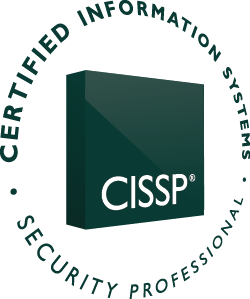Those who believe that the corporate network is to be sure in a fool's paradise,for networking giant Cisco. In its annual security report in mid-2014, he said that every corporate network surveyed showed evidence of some kind of malicious traffic.Cisco, whose arm provides security products and services to prevent,detect and block threats that published the report on the Black Hat security conference in Las Vegas last week.
Not a pretty picture. Palevo Zeus and SpyEye: Nearly 95% of respondents sixteen networks of multinational customers have been identified as send and receive traffic from sites that are infected with either or host,three types of high malware threats.The companies surveyed represent the collective sales of $ 300 billion and $ 4 billion in assets control.The report notes that discovered the malware,is used to perform (DDoS) Distributed Denial of Service and steal information by creating additional fields in the forms, in real time and retrieve data.
Moreover,almost half of the customer networks DNS requests made to web sites that offer some type of encryption service.On the surface,this seems to be a problem until we realize that cybercriminals often encode data,to steal,to post on their sites before,so theft is not covered by the security of company.While the use of these services is not an absolute indicator that there is damage in progress,flags should be flown and solve communication validation.
The report also says that nearly 70% of network outputs dynamic DNS (DDNS) queries.Dynamic DNS is a domain on the fly to change their numeric address and the name still localized, and is often used by malware command and control sites to hide from the authorities. DDNS, says the report,is rarely used for legitimate outbound connections in business, so its use in a network is another red flag for security administrators.
Network infrastructure is not the only vulnerable point highlighted in the report. Software still has its place in the penalty box of tricks.The biggest culprit,say,Java,with signs of detected 93% Java-based exploits commitment (IOC) events or artifacts observed in a system, often subtle, that when combined with other international oil companies for a system, show correlated with a probable commitment.This may change, as the current version,Java 8 offers better security controls than previous versions.The report suggests that as a result,we can see a change of criminals to other programs that are easier to grip. Of course,this assumes that companies keep their Java up to date.
A small positive in the report is that the number of exploit kits are has reduced by 87% because the person believed to be one of the most popular kit has been created arrested in the past year.Cisco researchers found that, while some new kit is released in the first half of this year,trying to fill the gap that has no clear leader to emerge yet.
Another positive factor type is taken into account that, although safety warnings over 2,528 new vulnerabilities were on 1 January and was released June 30, 2014,only 28 were active shortly after the publication of the exploited reports.Cisco advises companies to focus on the assets immediately utilized and referred other more routine patching processes.Did he finds strong intelligence to identify high priority vulnerabilities, however, it is necessary to maintain a process of highly efficient emergency patching.
The thrust of the report,however, that each message is a professional security and the seller has for years been promoting: Companies should implement safety before it's too late.The decision to display the security as a business process often comes from the broader corporate initiatives to improve governance,risk and compliance (GRC) across the organization, said. Many companies, often too late, that when it comes to IT safety goes,is not compatible enough.






.gif)
.gif)

